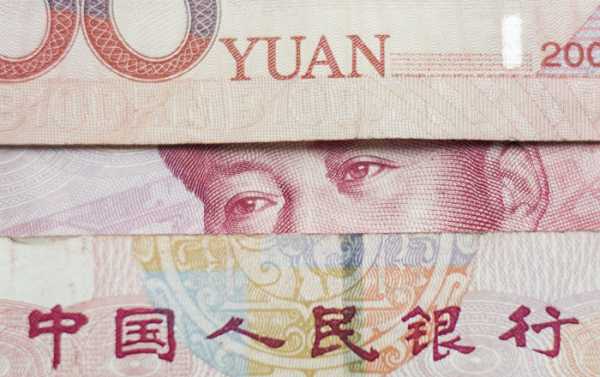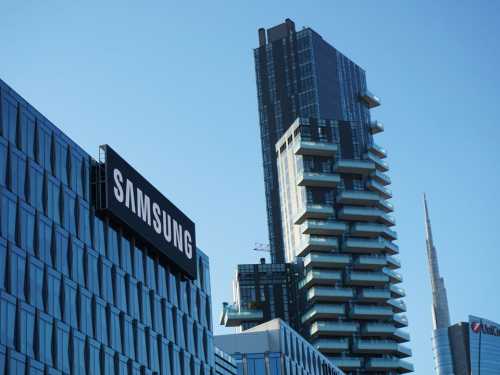
Mainland China’s industrial profits eased last month, but have remained quite impressive amidst a rise in inflation, domestic demand, and decreased factory input costs.
Kristian Rouz – Profits in the Chinese industrial sector have modestly eased as looming disruptions in international trade have stirred concerns over projected demand for exported goods. Nonetheless, the expansion in the Chinese manufacturing remains quite impressive due to a growing domestic market and a weak national currency.
According to a new report from the National Bureau of Statistics (NBS) in Beijing, corporate earnings in mainland China’s industrial sector rose 20 percent year-on-year last month, to $96.7 billion. This comes as a mild disappointment compared to the 21.1 percent expansion in May.
“The profit growth is very healthy with reduced costs and robust inflation,” Liu Peiqian of Singapore-based Natwest Markets said. “It may stabilise and gradually slow down [the] rest of this year, but we would not rule out a rebound in the event of strong stimulus.”
NBS officials said the central government’s effort to reduce corporate debt and fight air pollution have weighed on manufacturing output. However, the main reason behind the modest cooling lies within the realm of international trade.
Mainland China and the US have exchanged a round of customs duties – actual and potential – over the past few months, whilst attempts at negotiating a mutually beneficial trade platform have fallen through.
In the latest development in the US-Chinese trade spat, Treasury Secretary Steven Mnuchin said his department is watching “closely” the dynamics of the renminbi’s FX rate. US officials are suspecting China of deliberately weakening its currency in order to boost the competitiveness of Chinese goods in the international market.
“What I’ve said over the last week [is] we are obviously closely monitoring the Chinese rmb and the weakening in that market,” Secretary Mnuchin said.
Currently, up to $500 billion worth of Chinese goods could be subjected to steep US tariffs – after decades of almost unrestricted trade. Both investors and Chinese manufacturers are gradually pricing in potential losses to the profitability of Chinese industrial production – but as of now, the worst fears have failed to materialize.
In its report, the NBS observed steeper domestic inflation in China, which has been coupled with an increase in factory output costs. This could have driven the overall value of Chinese exports had output volumes remained unchanged – but China’s industrial sector has demonstrated contradictory dynamics over the past few weeks.
“In the second half of this year there could be a more visible slowdown in export growth in China, which could put some downside pressure on profits,” Lisheng Wang of Nomura’s Hong Kong branch said.
The NBS also said that the profits of Chinese manufacturers, energy companies and miners rose 17.2 percent in the first half of this year as compared to the same period of 2017. This comes as an increase from the 16.5 percent growth realized in the January-May period – and contradicts monthly statistics.
But Chinese officials have said there’s no major contradiction here, as Beijing’s structural reforms aimed at supporting domestic consumption could produce some data distortions in the near term.
Meanwhile, the cost-revenue correlation has improved, as costs dropped 0.37 renminbi per each 100 renminbi worth of industrial output. Input costs for Chinese manufacturers averaged at 84.42 renminbi per the same output value – pointing to a possible acceleration in corporate revenues down the road.
In a more detailed breakdown, profits of state-owned enterprises (SOE) rose 31.5 percent year-on-year in the first half of 2018, whilst private sector companies posted a 10 percent surge in revenues. Foreign manufacturers were at the greatest disadvantage, recording an 8.7 percent increase in profits.
This might point to the ongoing monopolization of Chinese industrial production – a strategy Beijing believes could help the entire sector weather the storm of the ongoing realignment in global trade.
Sourse: sputniknews.com






